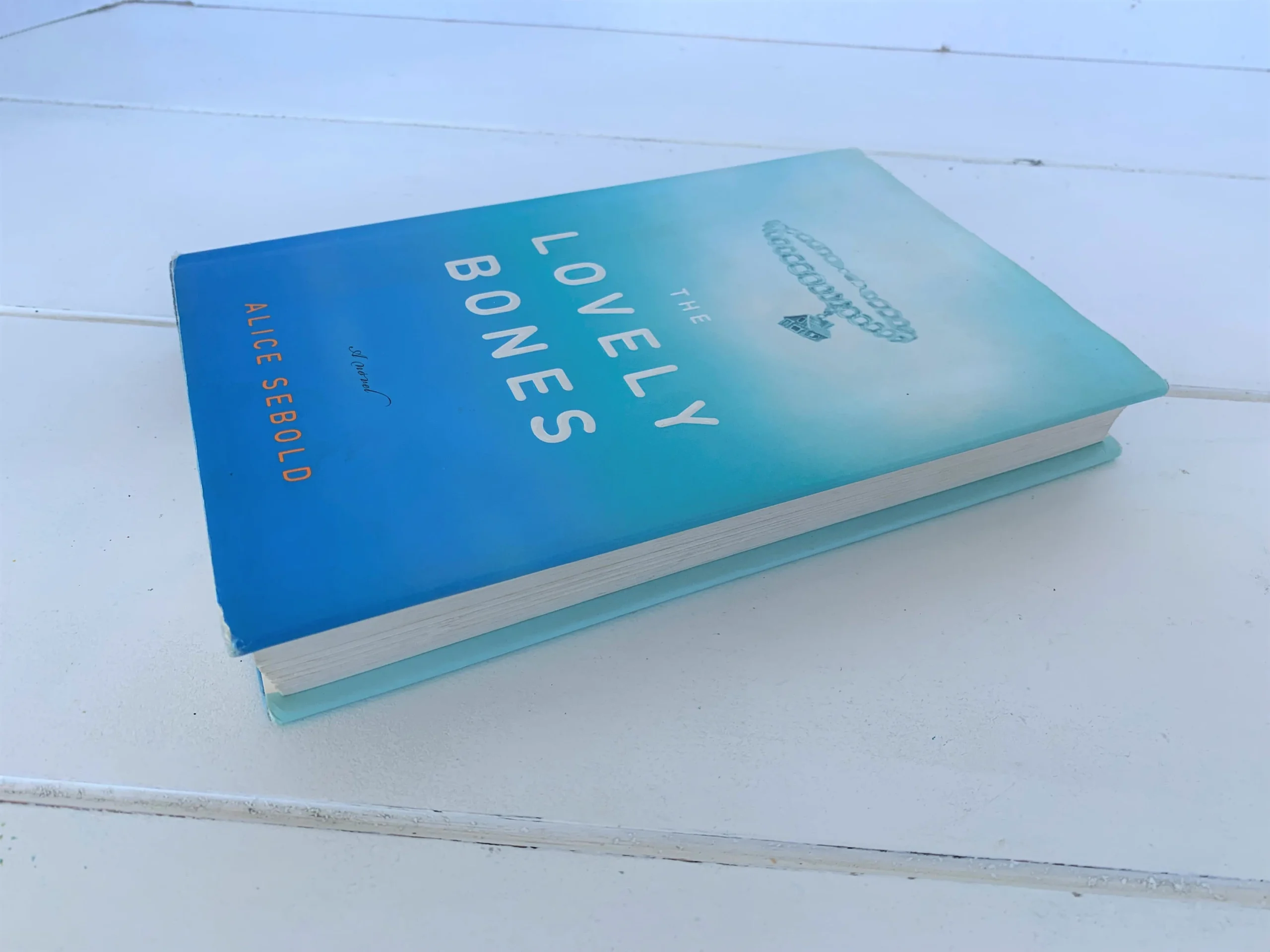zoomacademia.com – Alice Sebold’s The Lovely Bones is a novel that profoundly resonates with readers through its poignant exploration of tragedy and resilience. Published in 2002, the book is a compelling narrative that merges elements of crime fiction, spiritual reflection, and emotional drama. Its gripping premise and emotionally charged storytelling have established it as a modern classic.
A Unique Perspective on Death
The story is narrated by Susie Salmon, a 14-year-old girl who is brutally murdered by her neighbor, George Harvey. What sets The Lovely Bones apart is its unconventional narrative structure. Susie tells her story from the afterlife, observing her family and friends as they struggle to come to terms with her death. This ethereal perspective allows Sebold to delve into themes of grief, love, and the enduring connections between the living and the dead.
Susie’s “heaven” is a reflection of her desires—a liminal space where she can look back on her life and forward into what might have been. This unique setting provides a lens through which Sebold examines how individuals process loss, each in their distinct way.
Themes of Grief and Healing
At its heart, The Lovely Bones is a tale of grief and healing. Sebold portrays the Salmon family’s response to tragedy with raw authenticity. Abigail, Susie’s mother, distances herself emotionally and physically, seeking solace in escape. Jack, her father, becomes obsessed with finding the truth, while her sister, Lindsey, struggles to live in the shadow of her sister’s absence.
The novel beautifully captures the fractured dynamics of a family and the resilience needed to rebuild. Sebold emphasizes that healing doesn’t mean forgetting but finding ways to coexist with loss.
An Exploration of Evil
Through George Harvey, Sebold explores the nature of evil. His calculated cruelty contrasts starkly with the innocence of Susie and her family. Yet, the novel avoids a simplistic portrayal of Harvey as merely a monster; instead, it paints a chilling picture of the banality of evil.
A Vision of Hope
Despite its heavy themes, The Lovely Bones ultimately offers a message of hope. Susie’s journey in the afterlife mirrors her family’s journey on Earth. As Susie lets go of her desire for vengeance and embraces peace, her family learns to let go of their pain and rediscover love and connection.
Impact and Legacy
The Lovely Bones achieved both critical acclaim and commercial success, becoming a bestseller and sparking discussions about its innovative narrative style. It was adapted into a film in 2009, directed by Peter Jackson, although opinions about the adaptation vary, with many finding it less impactful than the book.
Sebold’s work is a testament to the power of storytelling in confronting uncomfortable truths. The novel’s raw emotional depth and innovative perspective continue to captivate readers, offering solace to those grappling with loss and a reminder that love endures beyond life.
Conclusion
Alice Sebold’s The Lovely Bones is a masterful exploration of the human condition, blending heartbreak with hope and tragedy with transcendence. Its ability to navigate the darkest aspects of life while celebrating its enduring beauty makes it a story that lingers long after the last page is turned.







